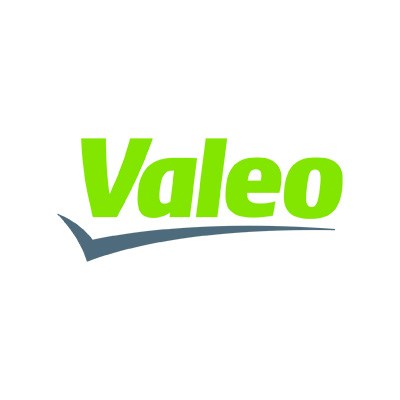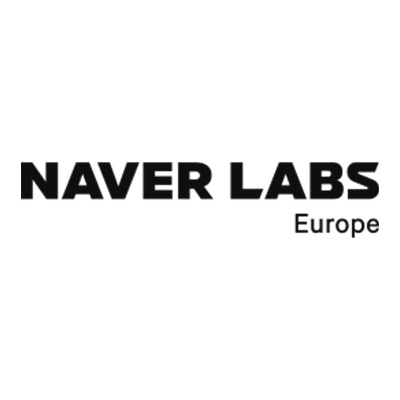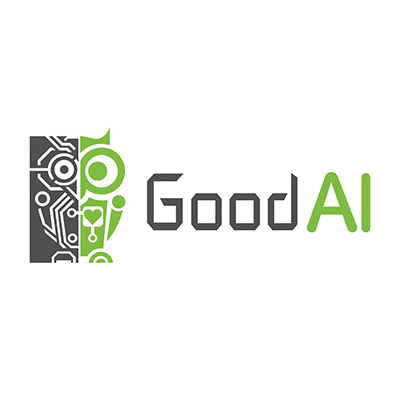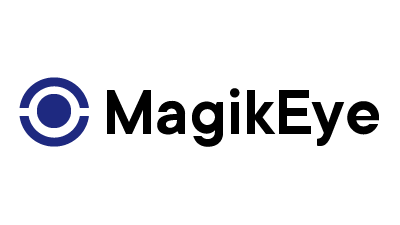Sponsors and partners
Research collaborations with industry
European Conference on Computer Vision (2020)
Efficient Neighbourhood Consensus Networks via Submanifold Sparse Convolutions
Ignacio Rocco, Relja Arandjelovic, Josef Sivic
Abstract
In this work we target the problem of estimating accurately
localised correspondences between a pair of images. We adopt the recent
Neighbourhood Consensus Networks that have demonstrated promising
performance for difficult correspondence problems and propose modifications to overcome their main limitations.
CVPR (2021)
Back to the Feature: Learning Robust Camera Localization from Pixels to Pose
Paul-Edouard Sarlin, Ajaykumar Unagar, Mans Larsson, Hugo Germain, Carl Toft, Victor Larsson, Marc Pollefeys, Vincent Lepetit, Lars Hammarstrand, Fredrik Kahl, Torsten Sattler
Abstract
Camera pose estimation in known scenes is a 3D geometry task recently tackled by multiple learning algorithms. Many regress precise geometric quantities, like poses or 3D points, from an input image. This either fails to generalize to new view points or ties the model parameters to a specific scene.
3DV (2020)
Benchmarking Image Retrieval for Visual Localization
Noe Pion, Martin Humenberger, Gabriela Csurka, Yohann Cabon, Torsten Sattler
Abstract
This paper focuses on understanding the role of image retrieval for multiple visual localization tasks. We introduce a benchmark setup and compare state-of-the-art retrieval representations on multiple datasets. We show that retrieval performance on classical landmark retrieval/recognition tasks correlates only for some but not all tasks to localization performance.
arXiv preprint arXiv:2103.08245 (2021)
Emergence of self-reproducing metabolisms as recursive algorithms in an Artificial Chemistry
German Kruszewski, Tomas Mikolov
Abstract
Researching the conditions for the emergence of life not necessarily as it is, but as it could be is one of the main goals of Artificial Life. Ar-tificial Chemistries are one of the most important tools in this endeavour,as they allow us to investigate the process by which metabolisms capable of self-reproduction and ultimately of evolving, might have emerged. While previous work has shown promising results in this direction, it is still unclear which are the fundamental properties of a chemical system that enable emergent structures to arise.
Proceedings of the AAAI Conference on Artificial Intelligence (2021)
Artificial Dummies for Urban Dataset Augmentation
Antonin Vobecky, David Hurych, Michal Uricar, Patrick Perez, Josef Sivic
Abstract
The contributions of this paper are three-fold. First, we describe an augmentation method for controlled synthesis of urban scenes containing people, thus producing rare or never-seen situations. Second, the proposed generator relies on novel network architecture and associated loss that takes into account the segmentation of the foreground person and its composition into the background scene.
Advances in Neural Information Processing Systems (2018)
Neighbourhood Consensus Networks
Ignacio Rocco, Mircea Cimpoi, Relja Arandjelović, Akihiko Torii, Tomas Pajdla, Josef Sivic
Abstract
We address the problem of finding reliable dense correspondences between a pair of images. This is a challenging task due to strong appearance differences between the corresponding scene elements and ambiguities generated by repehttps://arxiv.org/abs/1810.10510titive patterns. The contributions of this work are threefold. First, inspired by the classic idea of disambiguating feature matches using semi-local constraints, we develop an end-to-end trainable convolutional neural network architecture that identifies sets of spatially consistent matches by analyzing neighbourhood consensus patterns in the 4D space of all possible correspondences between a pair of images without the need for a global geometric model.
Proceedings of the IEEE/CVF Conference on Computer Vision and Pattern Recognition (2020)
End-to-End Learning of Visual Representations from Uncurated Instructional Videos
Antoine Miech, Jean-Baptiste Alayrac, Lucas Smaira, Ivan Laptev, Josef Sivic, Andrew Zisserman
Abstract
Annotating videos is cumbersome, expensive and not scalable.Yet, many strong video models still rely on manually annotated data.With the recent introduction of the HowTo100M dataset, narrated videos now offer the possibility of learning video representations without manual supervision.




